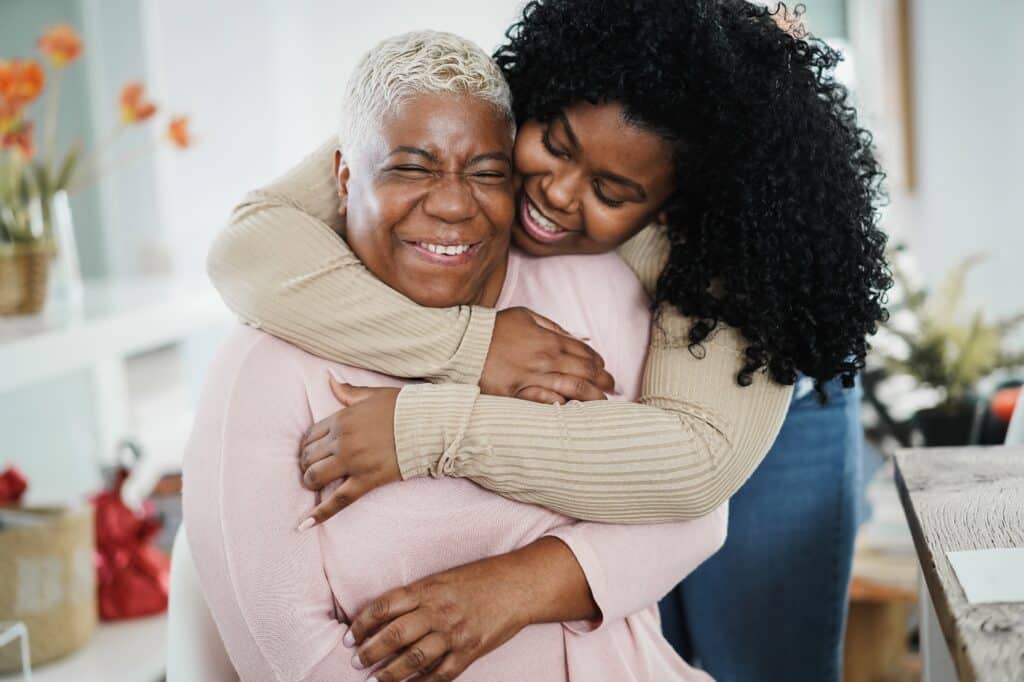About 423 million adults experience urinary incontinence worldwide. At least 13 million of these people live in the United States. If you or a loved one are among these people, you may wonder about your options when it comes to incontinence care in senior living communities. Some senior living communities offer treatments, lifestyle changes, and medical interventions for people with incontinence. What are the types of incontinence services available, and how can they improve your or your loved one’s quality of life? Read on to find out.
Common Age-Related Bladder Health Issues
Getting older comes with a lot of changes, and we are not just talking about gray hair and wrinkles. The aging process also wreaks havoc on our mental and physical health in many ways. Bladder changes are one of them.
The three primary ways bladders change as we age are:
- The bladder wall becomes less flexible, resulting in a lower storage capacity
- The bladder muscles get weaker, making it more difficult to ignore the urge to urinate
- The urethra can become blocked due to prolapse in women or enlarged prostate glands in men
These problems, plus changes that occur in the kidneys, can cause bladder control problems like incontinence. It can also increase the risk of bladder infections, urinary tract infections, and chronic kidney disease.
What Is Incontinence?
Incontinence is a medical condition where people leak urine, constantly dribble urine, or can’t hold the urge to urinate at all. Some people also experience this issue with bowel movements. Though incontinence can happen to anyone at any age, the risk increases with age. It is also more common in women up until age 80 when the gender differences level out and rates equalize.
Experts recognize six types of urinary incontinence:
- Urge incontinence, which is also known as having an overactive bladder
- Stress incontinence, which causes pain when coughing, sneezing, or laughing
- Overflow incontinence, which features the inability to completely empty the bladder
- Functional incontinence, which happens due to disabilities from arthritis, stroke, and some neurological disorders
- Mixed incontinence, which is when someone has more than one of the above types
- Total incontinence, which means someone can’t control their bladder at all
Often, the symptoms of incontinence are worse at nighttime. They can be extremely difficult to manage as adults get over, especially as they reach the age when they can no longer care for themselves. Luckily, many senior living facilities offer incontinence care services. Learn more about what these services entail and how they can help you or a loved one live more comfortably next.
Incontinence Care in Senior Living: Explained
Older adults can access incontinence care in assisted living and memory care communities. These facilities offer varied levels of support for seniors who need help with one or all activities of daily living. The exact approach to your or your loved one’s incontinence will be custom-tailored to meet their needs. Care plans may include any of the following approaches.
Treatment
The first step of incontinence care is to treat the underlying cause. Incontinence may be caused by a number of different medications and medical conditions, which include but are not limited to:
- Delirium
- Infection
- Atrophic urethritis and vaginitis
- Use of diuretics like alcohol and caffeine
- Use of opioids, benzodiazepines, certain antidepressants, antihistamines, and decongestants
- Mental health disorders like depression and dementia
- Excessive urine output due to heart failure or hyperglycemia (high blood sugar)
- Restricted mobility due to arthritis, Parkinson’s disease, and other conditions
- Stool impaction (constipation)
Some of these underlying causes can be avoided altogether. For example, if caffeine is the cause of your incontinence, you may cut it out for less frequent trips to the bathroom. Other causes of incontinence are not so easily addressed. This is why incontinence care in a memory care community is so crucial. Residents’ confusion or immobility may impact their ability to urinate appropriately. Treatment may not help, either. In this case, attentive care is the best way to prevent embarrassing accidents.
Lifestyle and Behavioral Changes
There are some things older adults can do on their own or with the help of a caregiver to reduce incontinence symptoms. For example, obesity is a risk factor for certain types of incontinence. As such, weight loss may help people improve control of their bladders. Avoiding certain foods and drinks can also help. Caregivers may also enforce a strict curfew for fluids to reduce the need to urinate during the nighttime.
There are also certain exercises to help with bladder incontinence. One is called bladder training. It involves teaching the brain to wait to urinate, even when the need is urgent. The second exercise to try is pelvic floor muscle workouts. Also known as Kegel exercises, these workouts aim to strengthen muscles that control the flow of urine through the bladder and urethra. Unfortunately, lifestyle and behavioral changes are not sufficient for all older adults. The good news is that medication and certain medical devices can help.
Medications and Medical Devices
Medications and medical devices can help with urinary incontinence when other treatments and lifestyle changes cannot. The types of drugs available for incontinence depend on the type. Oxybutynin and Mirabegron are helpful for urge incontinence. Alpha-blockers and 5-alpha reductase inhibitors are better for types of incontinence caused by enlarged prostates in men. Medical devices like pessaries and nerve stimulators are also commonly prescribed for people with urinary incontinence. If these solutions do not work, surgery is an option. Surgery is particularly helpful in treating stress incontinence in women. Some types of senior living communities offer medication management services. Staff can assist residents in taking their medicine or using medical devices to reduce symptoms of incontinence.
Incontinence Care at Inspired Living
Incontinence is a common bladder issue among older adults. This condition can be embarrassing and debilitating. But it doesn’t have to be when you find a community with services tailored to help with incontinence. Are you or a loved one searching for incontinence care in senior living communities near you? Inspired Living is ready to call you a neighbor. Schedule a tour of an Inspired Living facility near you today!




